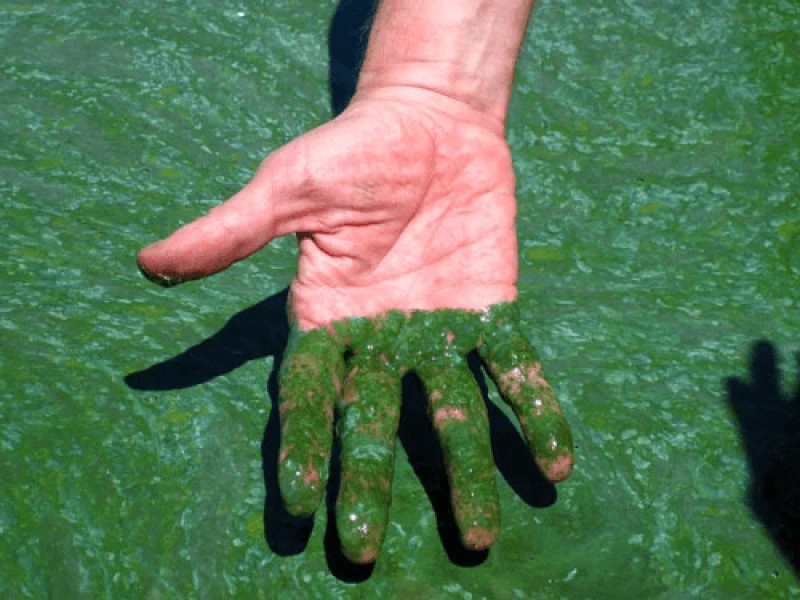Vibrant all-natural dyes harvested from microorganisms could bring sustainability to fashion and food industries
Vibrant all-natural dyes harvested from microorganisms could bring sustainability to fashion and food industries


Biotechnology is revolutionizing the world of natural color production, bringing forth a new era of captivating shades. Advances such as Givaudan’s upcoming acid stable blue are proving that ancient techniques can be used in new ways to create vibrant colors that perform well in application.
…
However, biotechnology also includes concepts like the fermentation of fungi and yeast. In fact, fermentation is the most traditional method of biotechnology. It has been known for centuries to produce food products like yogurt, cheese, beer, wine, kimchi, or fermented bean paste. More recently, it also includes the cultivation of microorganisms to obtain substances like protein and polysaccharides as well as natural pigments.
“We truly believe that these ancient techniques can be applied in new ways, serving as a great enabler to deliver vibrant natural colors with exciting opportunities to improve stability and performance. For example, we can use superhero microorganisms that grow in harsh conditions of temperature, salinity, or acidity to produce colors with superior performance,” says Raja Chouket, Category Technical Leader for Givaudan Sense Colour.
“In our case, the biomass of a microalgae is produced to obtain the food colorant. By selecting the right conditions tailored for the microorganism, we can maximize the amount of biomass and color molecules produced,” says Markus Kaufmann, Research Investigator at Givaudan Taste & Wellbeing.
This is an excerpt. Read the original post here

 | Videos | More... |

Video: Nuclear energy will destroy us? Global warming is an existential threat? Chemicals are massacring bees? Donate to the Green Industrial Complex!
 | Bees & Pollinators | More... |

GLP podcast: Science journalism is a mess. Here’s how to fix it

Mosquito massacre: Can we safely tackle malaria with a CRISPR gene drive?

Are we facing an ‘Insect Apocalypse’ caused by ‘intensive, industrial’ farming and agricultural chemicals? The media say yes; Science says ‘no’
 | Infographics | More... |

Infographic: Global regulatory and health research agencies on whether glyphosate causes cancer
 | GMO FAQs | More... |

Why is there controversy over GMO foods but not GMO drugs?

How are GMOs labeled around the world?

How does genetic engineering differ from conventional breeding?
 | GLP Profiles | More... |

Alex Jones: Right-wing conspiracy theorist stokes fear of GMOs, pesticides to sell ‘health supplements’




 Viewpoint — Fact checking MAHA mythmakers: How wellness influencers and RFK, Jr. undermine American science and health
Viewpoint — Fact checking MAHA mythmakers: How wellness influencers and RFK, Jr. undermine American science and health Viewpoint: Video — Big Solar is gobbling up productive agricultural land and hurting farmers yet providing little energy or sustainabilty gains
Viewpoint: Video — Big Solar is gobbling up productive agricultural land and hurting farmers yet providing little energy or sustainabilty gains Fighting deforestation with CO2: Biotechnology breakthrough creates sustainable palm oil alternative for cosmetics
Fighting deforestation with CO2: Biotechnology breakthrough creates sustainable palm oil alternative for cosmetics Trust issues: What happens when therapists use ChatGPT?
Trust issues: What happens when therapists use ChatGPT? 30-year-old tomato line shows genetic resistance to devastating virus
30-year-old tomato line shows genetic resistance to devastating virus California, Washington, Oregon forge immunization alliance to safeguard vaccine access against federal undermining
California, Washington, Oregon forge immunization alliance to safeguard vaccine access against federal undermining The free-range chicken dilemma: Better for birds, but with substantial costs
The free-range chicken dilemma: Better for birds, but with substantial costs ‘You have to treat the brain first’: Rethinking chronic pain with Sanjay Gupta
‘You have to treat the brain first’: Rethinking chronic pain with Sanjay Gupta
